The Case for Turkey Frying
Making a sweep in Louisiana (and the other parts of The South) , a craving for ways to make fast, crispy food in the outdoors dominated the late 1970’s. By the early 80’s, deep-frying all kinds of food had become an American staple. By 1986, through Justin Wilson’s Louisiana Cookin’, deep frying whole turkeys had made its way into the mainstream media. For centuries, Thanksgiving turkey was strictly roasted in the oven, prepping and cooking taking most of attention for the day. Presently, with the abundance of outdoor burners and deep fryers —not to mention the modern appetite to save time— other methods of cooking have become widespread among Americans — one of those methods being deep frying. So how is deep frying a turkey different from conventional oven roasting? And how is it done?
For one, deep frying a turkey is substantially faster than roasting one. What would normally take 5 hours to roast, would take about 50 minutes to fry, and contrary to common belief, deep frying is similar in nutrition to oven roasting (thanks to the plentiful variety of healthy cooking oils). The turkey can be seasoned and brined like traditional turkeys (just not stuffed), and has less of a chance of ending up dry and unevenly cooked
Although this by no means is a substitute for a tutorial, the basic tools and materials needed for deep frying the holiday bird would be the following: a high pressure burner (preferably propane), a thick grade stainless steel or aluminum pot, a thick grade frying basket or rack and hook, a clip thermometer and instant-read thermometer, 5 gallons of cooking oil (preferably peanut or corn oil), as well as safety gear — heat-resistant gloves, goggles, apron, and fire extinguisher (in case of an emergency). Unlike your traditionally roasted turkey, the cooking process for deep frying is very interactive and will require your full attention at all times.
A rule of thumb, when measuring how much oil to cook with, is to submerge the turkey in a pot with water (the same pot you’ll be frying the turkey in), and stop when there is approximately two inches of water above the turkey. Take the turkey out and dry it with paper towels. Measure how much water there is and make a note of the exact measurements (that is how much oil will be needed). Once you’ve emptied and dried the pot, as well as made all the necessary preparations, heat up your oil to 375°F, and turn off your burner to slowly submerge your turkey. Once your turkey is fully submerged, you’ll want to fire up the burner again and maintain a temperature of approximately 350°F. Because deep frying a turkey takes anywhere from 3 to 4 minutes per pound to cook, you’ll want to continually check your turkey’s internal temperature, turning off the burner and taking the turkey out when it reads 160-170°F. Place the Turkey on a surface with cooking foil and let it rest for half an hour before serving.
Here are some general cautions to remember when deep frying a turkey. When interacting with an open fire and boiling oil, you’ll want to be selective about where you cook (outdoors, away from furniture and children). Because water causes boiling oil to “spit”, you’ll want to make sure that both your pot and turkey are completely dried from water before dealing with the burner (most brines and seasonings are okay). Don’t ever skip out on checking the turkey’s internal temperature because the outside is crispy: no one likes an undercooked bird. Most importantly, keep a constant eye on the heat source and make sure you have a well thought out plan for the whole cooking process — watching a few video tutorials is highly recommended.
Deep frying a turkey is a lot of short term work, but is completely worth the effort. The result — when done right — is a quick and tasty turkey with a golden, crisp outside and a sealed-in, juicy interior that just might alter your future Thanksgiving cooking tradition.


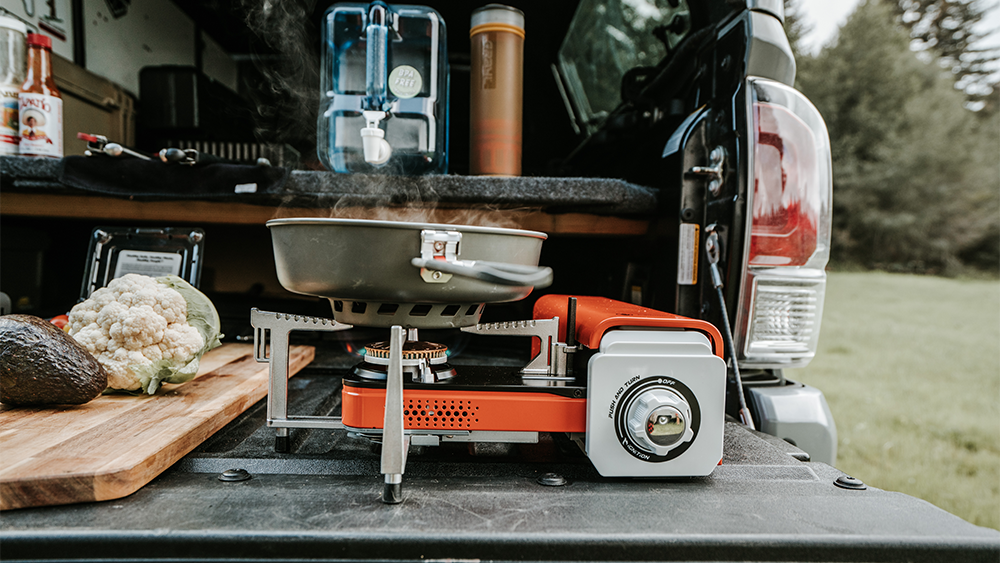
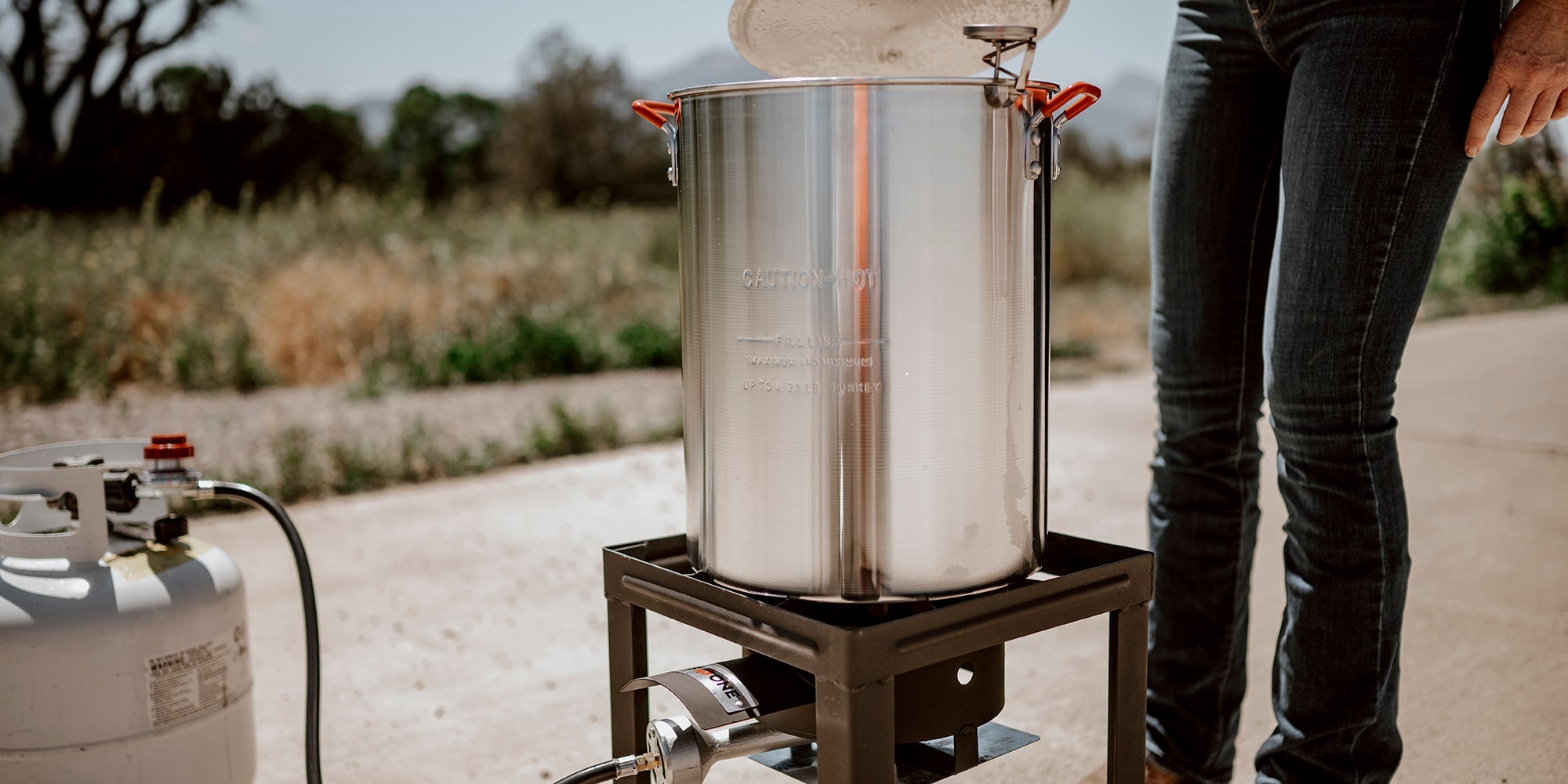
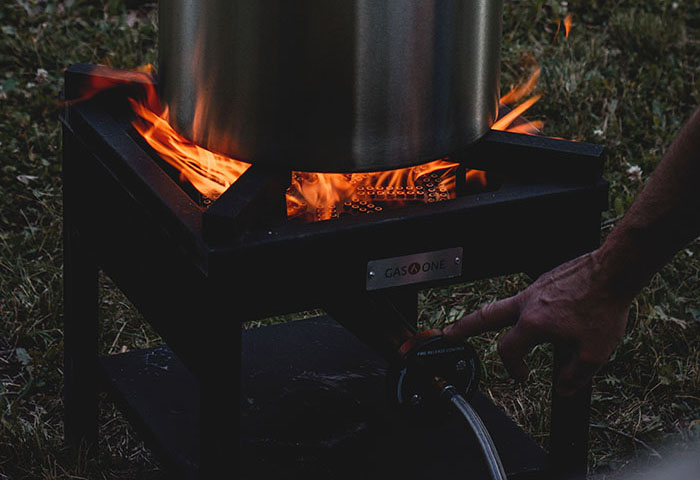
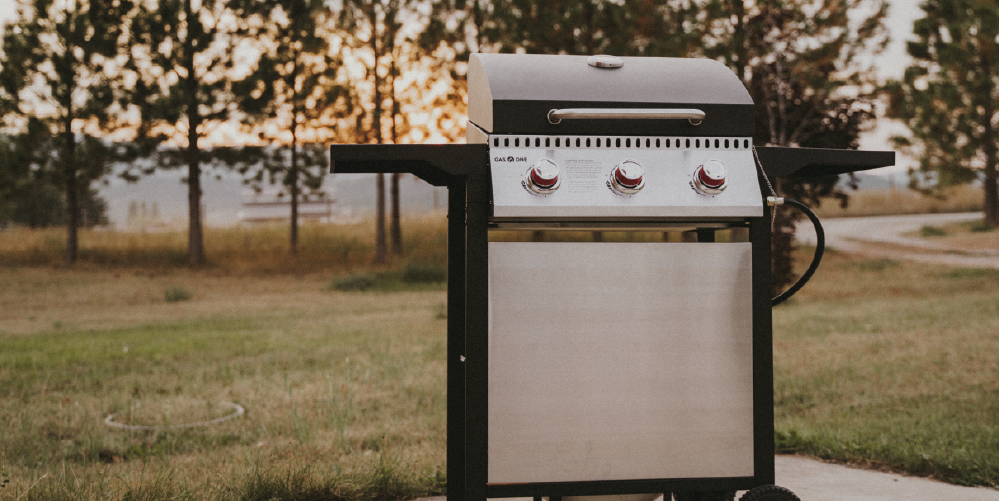
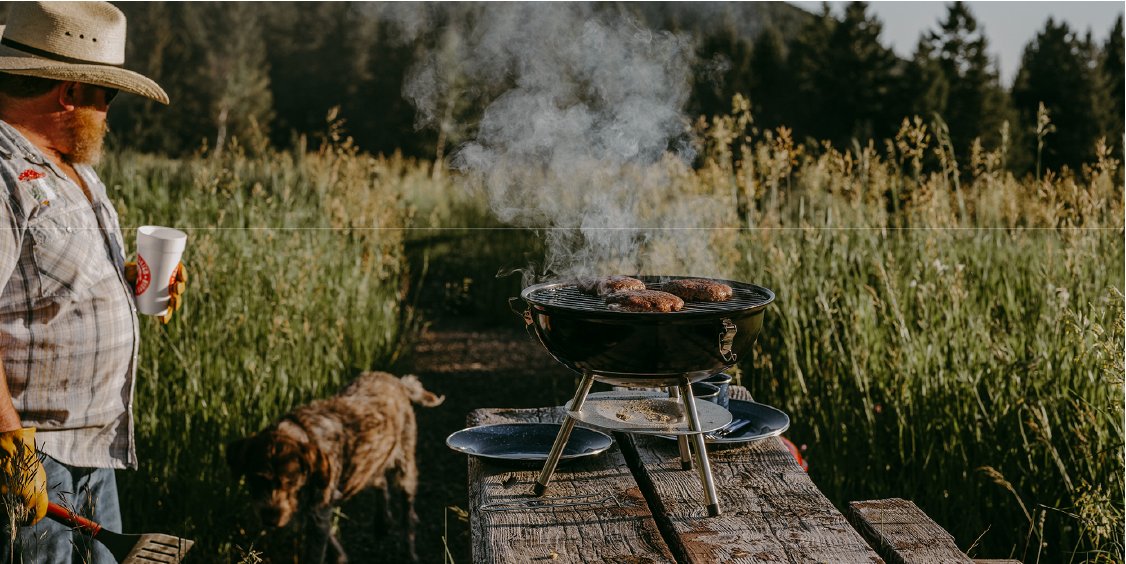
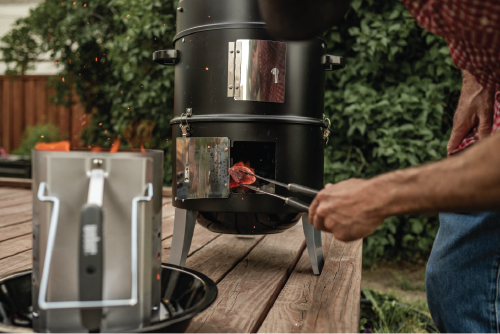

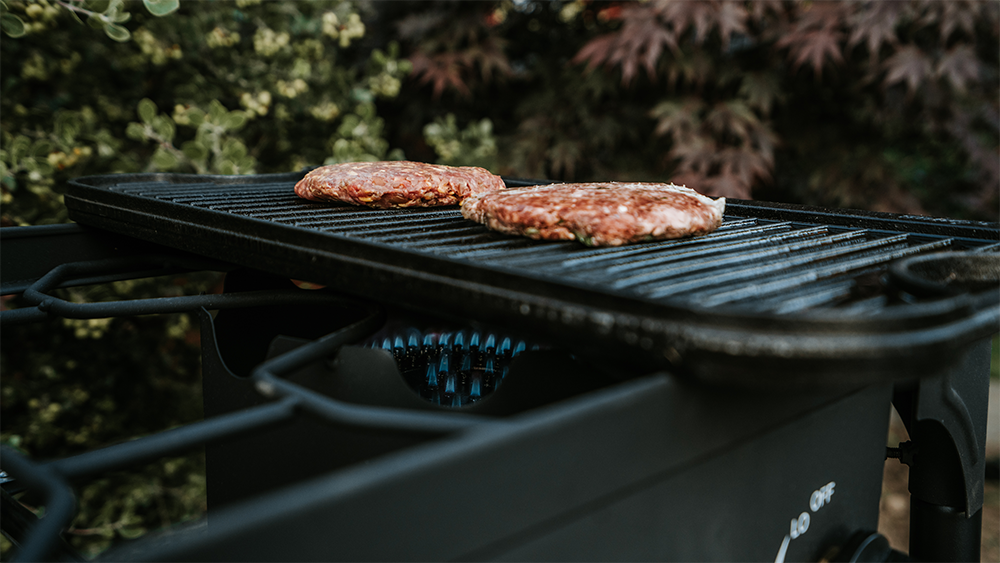
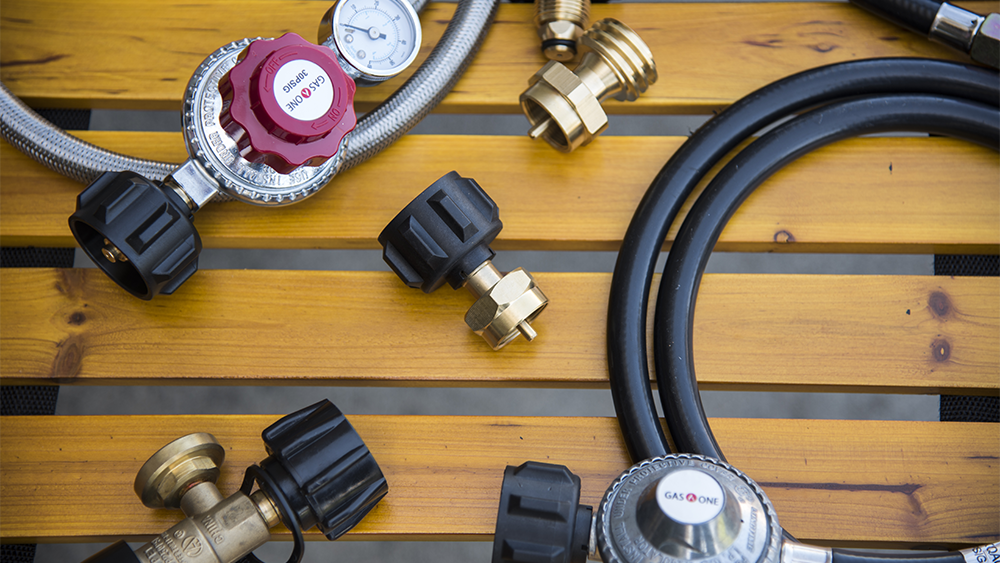
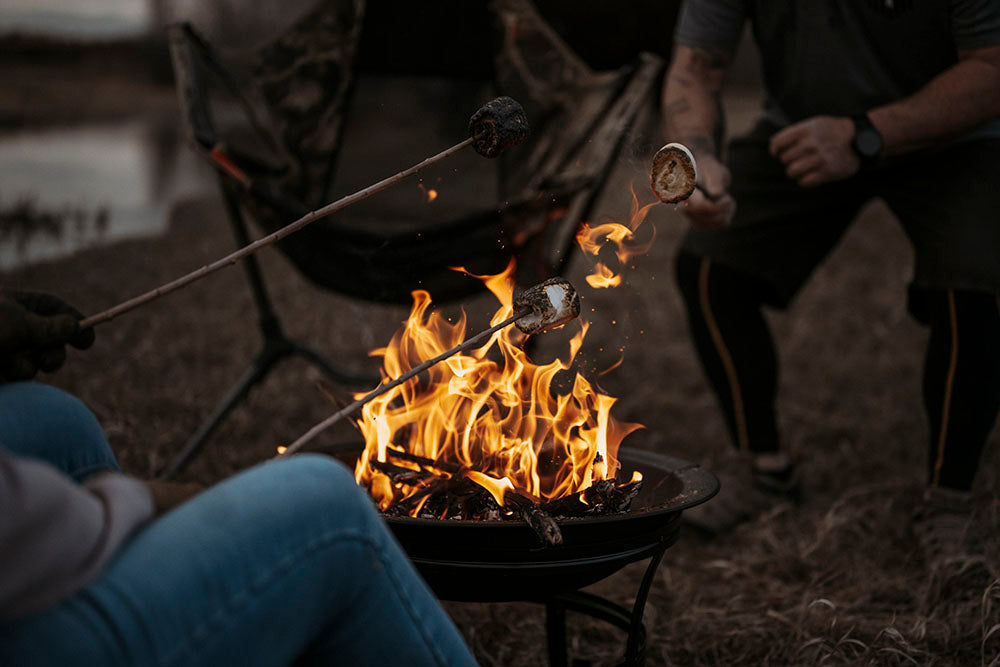
Leave a comment